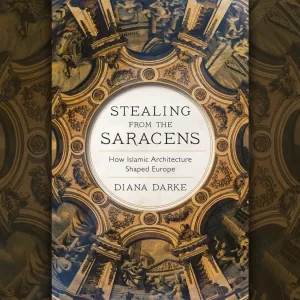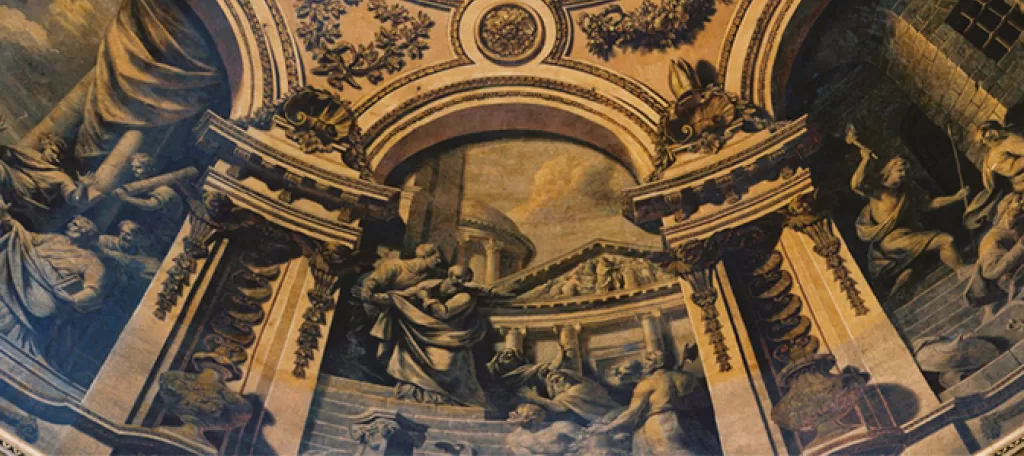Stealing from the Saracens by Diana Darke is a thought-provoking and meticulously researched book that explores the intricate complexities surrounding cultural heritage, looting, and ownership. Darke’s work offers a multifaceted examination of these themes, weaving together historical narratives, personal experiences, and ethical considerations to shed light on the profound impact of cultural appropriation.
Summary: Stealing from the Saracens by Diana Darke

The book begins by setting the historical context, delving into the Crusades and the cultural exchange that occurred during this tumultuous period. Darke challenges prevailing misconceptions and stereotypes surrounding the Saracens, providing a nuanced portrayal of their role in history. By contextualizing the origins of cultural heritage looting, she emphasizes the need for a deeper understanding of the motivations and implications behind such acts.
One of the book’s central themes revolves around cultural identity and the quest to reclaim it. Darke explores how colonialism has systematically erased and suppressed identities, leading to the fragmentation of cultural heritage. She highlights the power of cultural artifacts in reconnecting individuals and communities with their past, emphasizing the role they play in shaping collective memory and preserving cultural legacies.
The issue of appropriation and ownership is a recurring topic throughout the book. Darke navigates the fine line between collecting and looting, drawing attention to the ethical dilemmas surrounding the acquisition and possession of cultural artifacts. She raises essential questions about the responsibility of individuals, museums, and governments in ensuring the ethical sourcing and display of cultural heritage.
Moreover, “Stealing from the Saracens” explores the notion of cultural diplomacy and preservation in a globalized world. Darke delves into the role of museums as platforms for fostering dialogue and understanding between nations, emphasizing the importance of collaboration and cooperation in the protection of cultural heritage. She also discusses the potential of digital technologies, such as replicas and virtual museums, in preserving and showcasing cultural artifacts to wider audiences.
Throughout the book, Darke employs an eloquent writing style that captivates the reader. Her storytelling techniques bring history to life, making it accessible and engaging. She expertly navigates the complexities and nuances of cultural heritage, presenting a balanced and empathetic perspective that encourages readers to reflect on their own roles and responsibilities.
While “Stealing from the Saracens” has received widespread acclaim, it is not without controversy. Darke acknowledges the debates surrounding repatriation and ownership, providing a platform for multiple viewpoints. She addresses criticisms of her arguments and invites readers to engage in a critical examination of the complexities inherent in cultural heritage.
In conclusion, “Stealing from the Saracens” is a significant contribution to the field of cultural preservation. Diana Darke’s meticulous research, eloquent storytelling, and thought-provoking insights make this book an essential read for anyone interested in understanding the intricate web of cultural heritage, looting, and ownership. By fostering awareness and dialogue, Darke’s work challenges readers to actively participate in the preservation and protection of our shared human history.
If you enjoyed this summary and would like to read the full book, buy it on Amazon or listen to Diana Darke discuss the book below on the Blogging Theology channel. Also, check out some of my other book summaries.
Video Timestamps:
- 0:00 – Introduction
- 0:14 – Background of the Guest
- 1:14 – Topic of Discussion
- 1:53 – Introduction to the Topic
- 3:19 – Meaning & Origins of the word “Saracens”
- 4:18 – Saracens’ Influence on the Gothic Style of Architecture
- 11:02 – Reason behind writing the Book
- 12:50 – The Irony of France
- 14:29 – The Truth about Saint Denis
- 16:39 – Christian Architecture in Syria
- 20:07 – Influence of Saint Simeon in Europe
- 21:15 – Blending of Christian & Islamic Architecture
- 24:51 – The Misidentification of the Temple of Solomon by the Templars
- 27:52 – Architectural Innovations by The Umayyads
- 31:17 – Coexistence of Christians & Muslims in Damascus
- 33:34 – Christian-Islamic Architecture under the Umayyads
- 41:24 – Influence of Islamic Architecture on European Cathedrals
- 57:20 – The American Gothic Revival
- 58:31 – Archbishop of Canterbury appreciating the Book
- 59:44 – Europeans’ cultural debt to the Islamic World
- 1:00:23 – Acknowledging the mixing of various cultures throughout History
- 1:04:24 – Journey of Diana learning Arabic
- 1:06:02 – Closing Remarks & Wrapping Up

